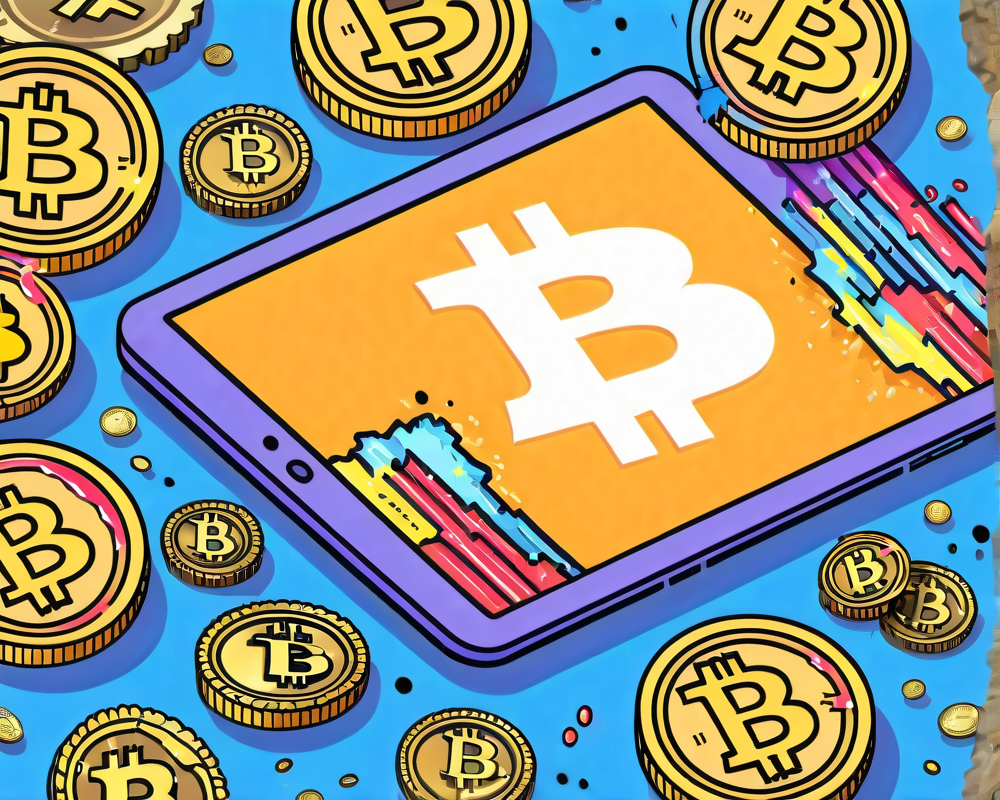Understanding CBDC and Its Implications
The idea of a Central Bank Digital Currency (CBDC) is gaining traction worldwide, but in the U.S., it’s like a hot potato no one wants to hold. Imagine digital dollars running on blockchain technology, zipping past traditional banking methods, and saving you those pesky transfer fees. Sounds like a dream, right? But wait! Not everyone is on board this digital express train.
Political Heavyweights Weigh In
Leading the charge against a digital dollar are political figures like Robert F. Kennedy Jr. and Florida Governor Ron DeSantis. These guys aren’t just shooting from the hip; they’ve thrown in their chips for the upcoming presidential race. DeSantis argues that a CBDC spells disaster for consumer control over their money, while Kennedy warns that it could empower the government to zip away your cash with a keystroke! Talk about a dystopian future!
Global Perspective: A CBDC Wave
In the great game of economics, over 130 countries are at least considering CBDCs. France, Switzerland, and even Haiti are potentially jumping on the digital bandwagon, leaving the U.S. scratching its head. Why the hesitation? Maybe it’s a fear of techno-bureaucracy mixed with a hearty skepticism of Big Brother in a digital apron.
The Balance of Power
Here lies the rub: If the Federal Reserve takes charge of every electronic dollar bill, what happens when things go sideways? Picture this: a system where one glitch could send shockwaves through everyone’s wallet. Yikes! And for those who preach the gospel of cryptocurrency, it feels like breaking the golden rule of decentralization – handing over power to the very institutions we sought to escape in the first place.
Progress and Roadblocks
Despite the resistance, the U.S. hasn’t been entirely idle. Project Hamilton was launched to investigate the feasibility of a CBDC, giving rise to a system that can process 1.7 million transactions per second! That’s faster than a caffeine-fueled squirrel!
What Happened to Hamilton?
However, here’s the kicker: after considerable investment and brainpower, Project Hamilton fizzled out in December 2022 due to political pushback. Allegations surfaced that it was too academic and didn’t cater to everyday users – a tragic loss for those who hoped to see it revolutionize our banking experience.
Privacy Concerns: Cash vs. Code
Ah, privacy! The ever-elusive friend of every currency user. Many argue that a digital dollar should marry the anonymity of cash with the swiftness of cryptocurrencies. Those favoring the digital dollar say, “Hey, we kind of already have it!” after all, most of our transactions are digital anyway, so what’s the big deal? Spoiler alert: The big deal is that cash is still king, but its reign is dwindling.
The Future of CBDC in the U.S.
So, where does this leave our fabulous CBDC? The reality is that with Project Hamilton closing its doors, and the pace of further developments capped, the prospect of a U.S. digital dollar seems dim. Experts like Darrell Duffie suggest the U.S. is moving at a snail’s pace, and, unfortunately, we might not be leading the charge anytime soon.
Conclusion: A Digital Dilemma
As cash transactions dwindle – just 18% of payments in 2022 compared to 31% in 2016 – we find ourselves at a crossroads. One path leads to embracing a CBDC while retaining consumer rights, and the other leads us into the dark alley of bureaucratic control. Let’s hope we pick the right one—preferably one with more power to us, fewer keystrokes, and maybe even the chance for a politically charged NFT or two along the way!




